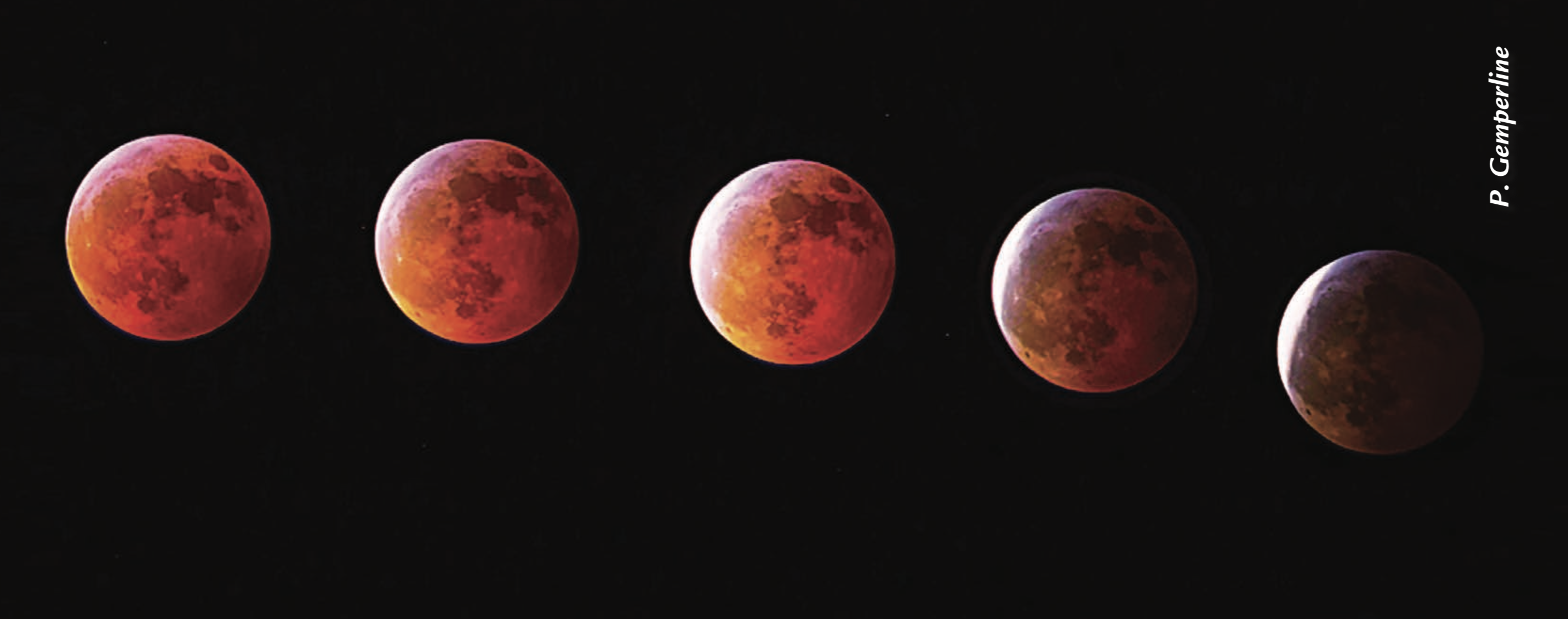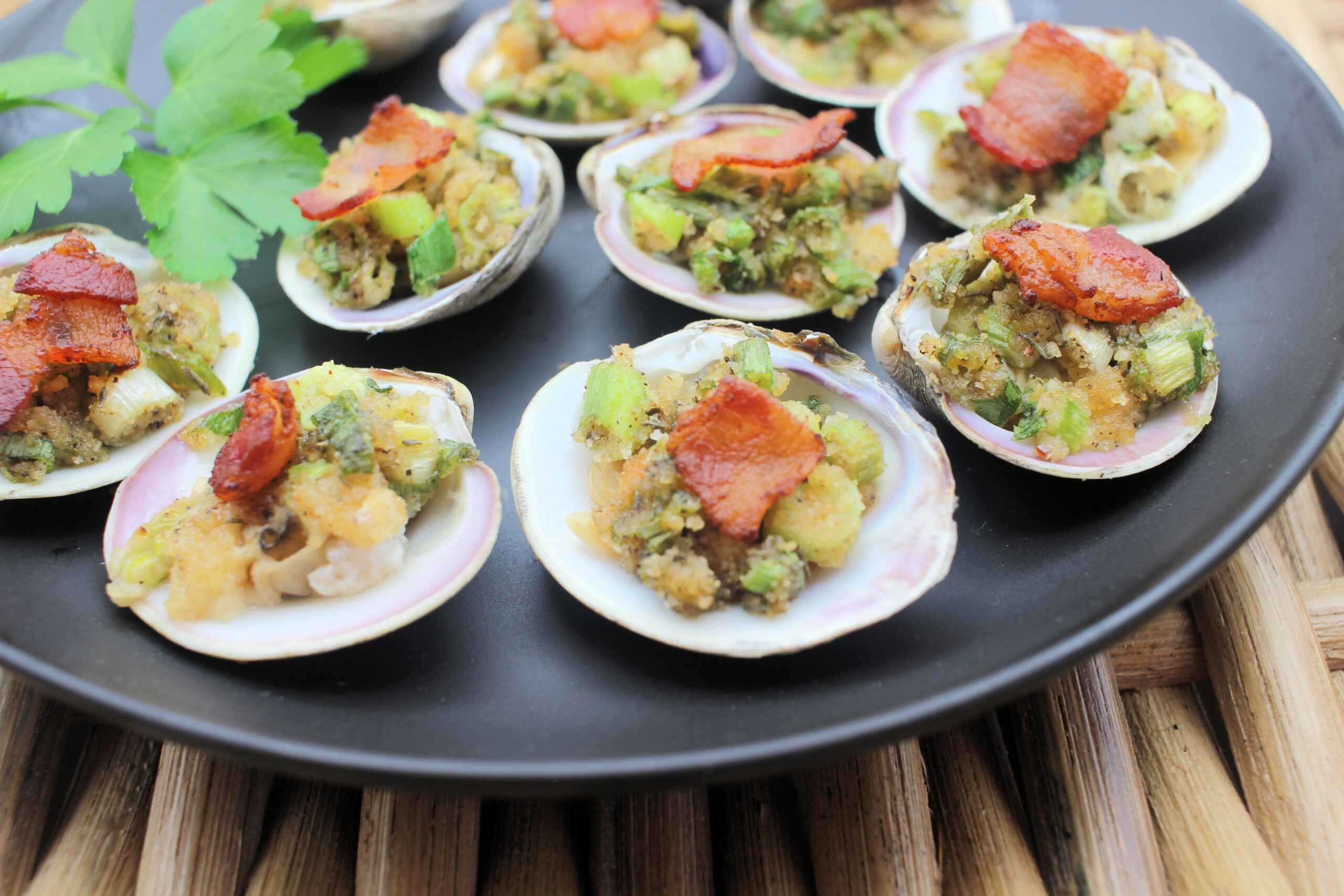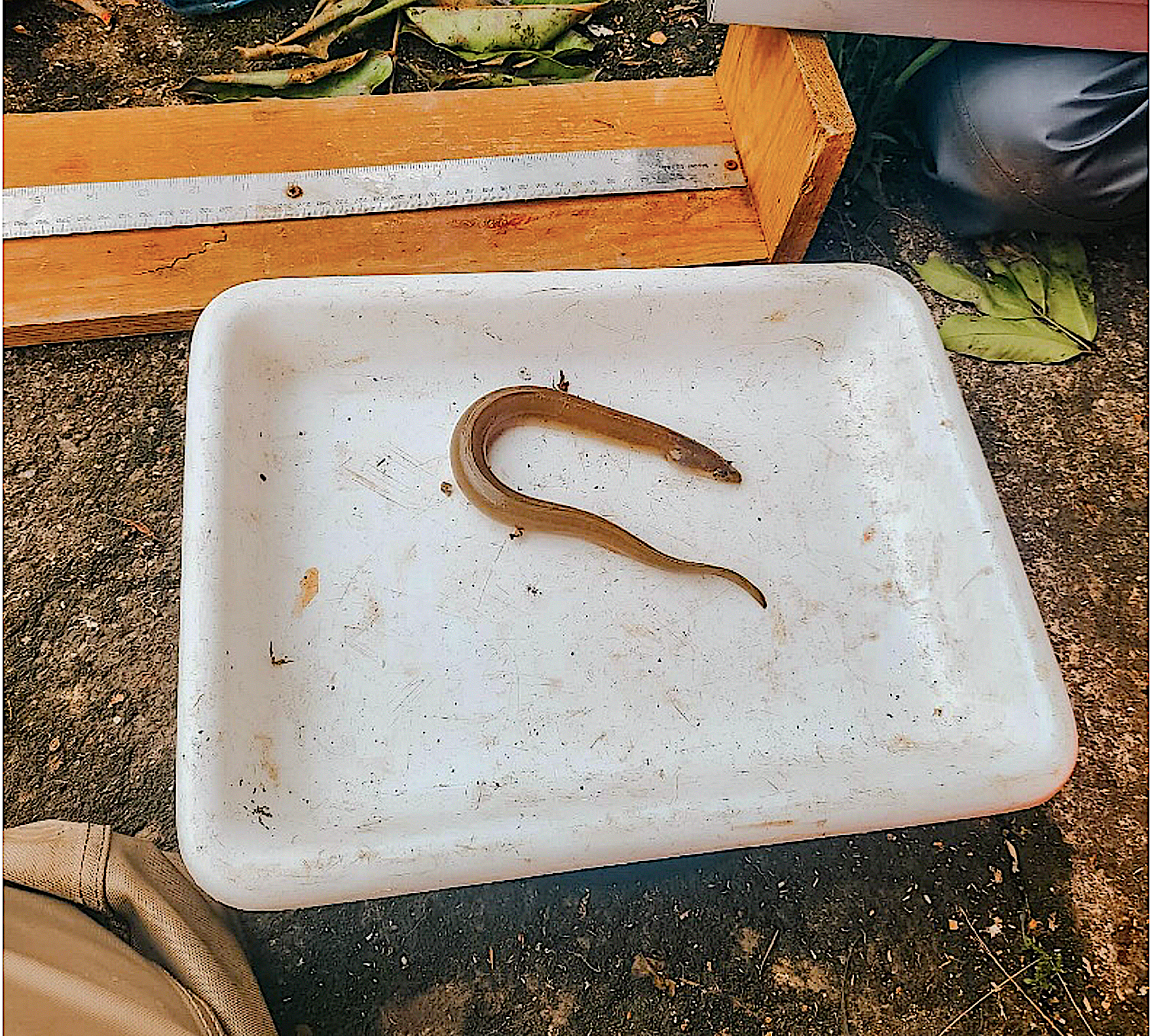Letter from the Executive Director
Winter 2021: New Plans and Partners for the New Year
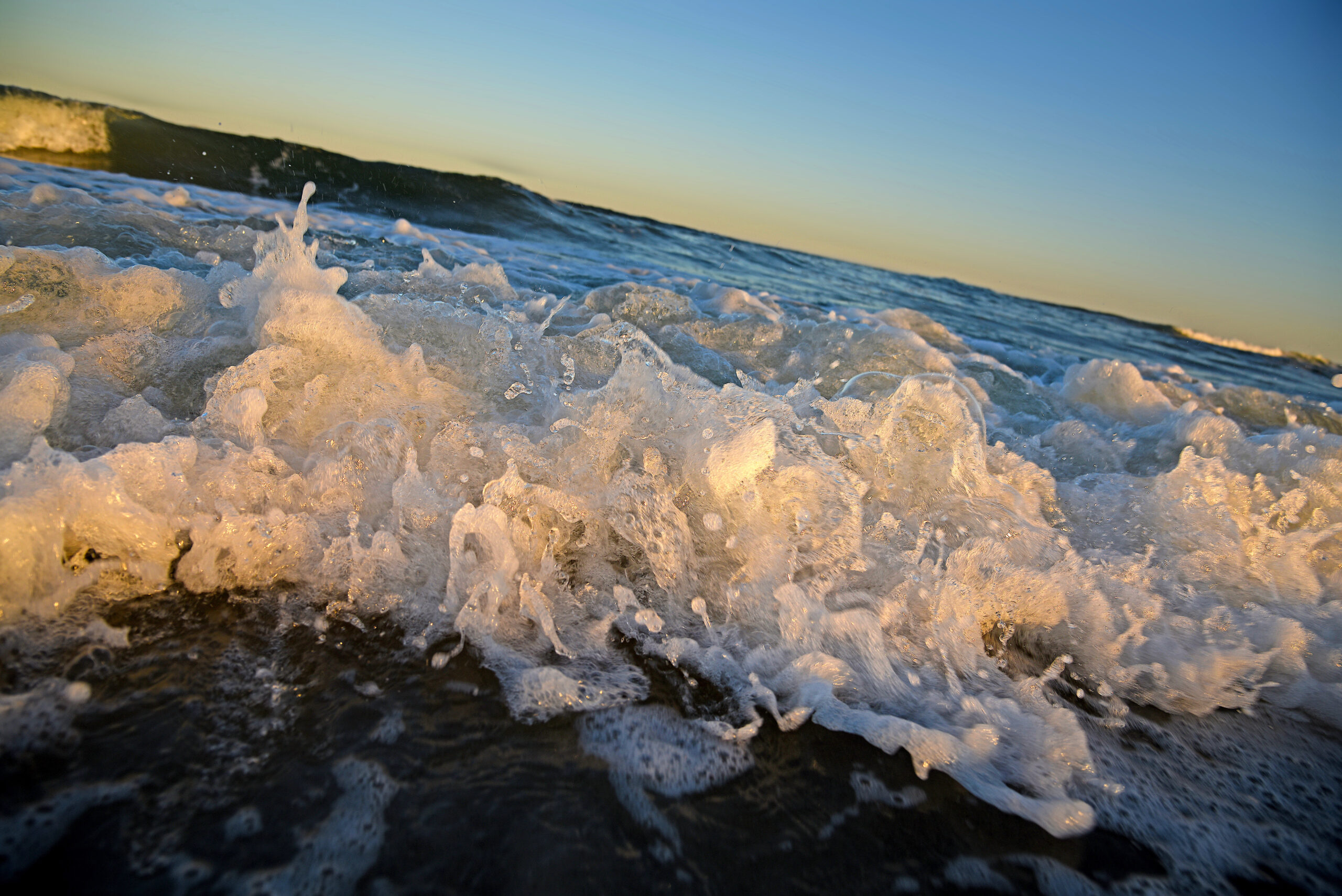
North Carolina Sea Grant thrives through engagement with communities — research and extension collaborations, in-person exchanges, and hands-on field work. Of course, during the COVID pandemic, our projects have entailed a lot of virtual work. In recent months, our team and partners have begun to get back together safely for field excursions, on-site consultations, festivals, and small group meetings. The energy and enthusiasm involved with being back together is invigorating.
We can incorporate many aspects from our last 20 months of virtual engagement into future meetings and conferences, supporting greater accessibility to resources and information. This hybrid approach, pairing in-person engagement with virtual engagement, comes with a learning curve, but North Carolina Sea Grant was pleased to host this fall’s Sea Grant Association hybrid meeting in Raleigh, which included representation from Sea Grant programs all across the nation.
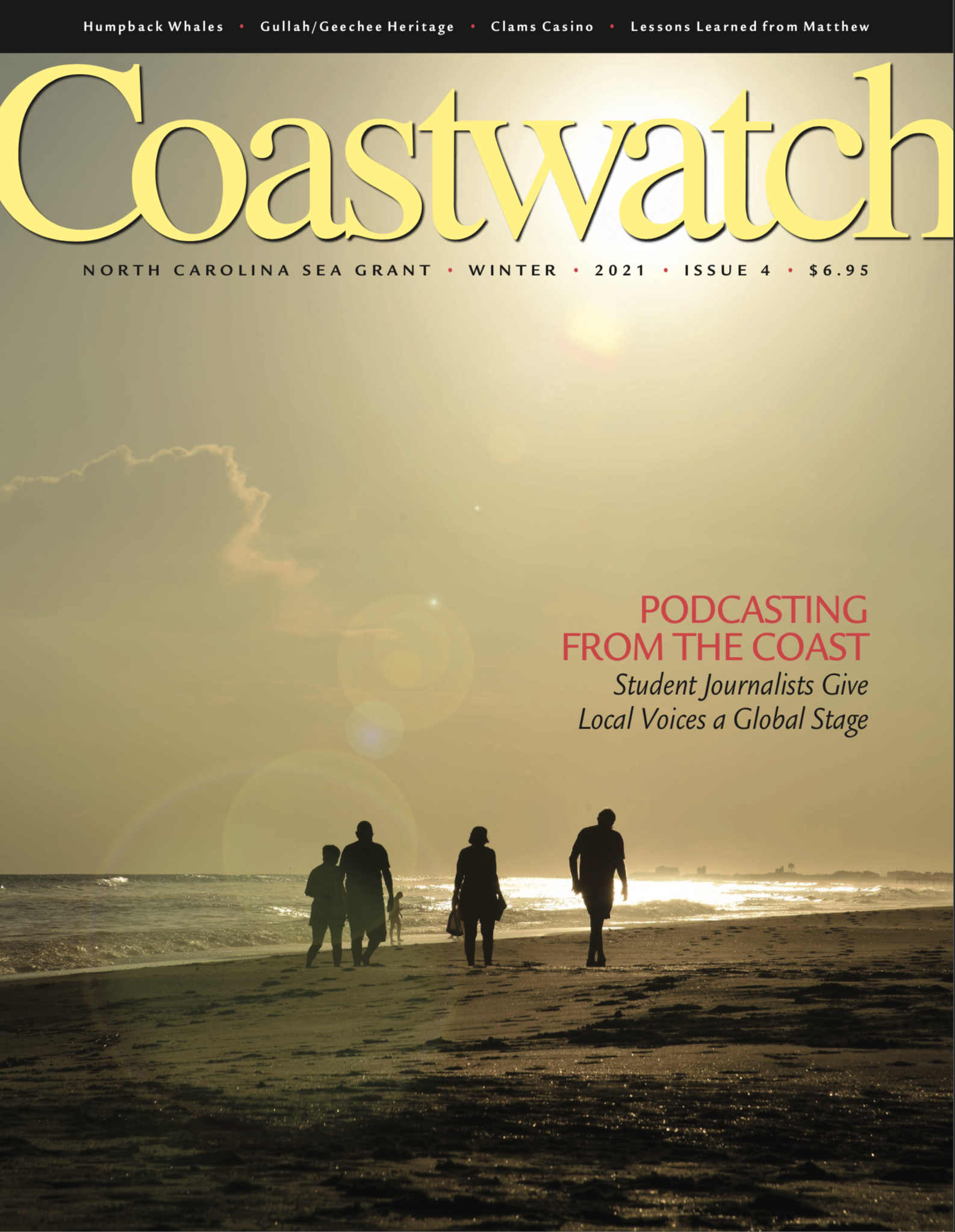
The meeting’s excitement about strengthening program connections was rejuvenating. Anticipated increases in federal resources for NOAA’s state-based coastal programs, including Coastal Management, National Estuarine Research Reserve System, the U.S. Integrated Ocean Observing System, and National Marine Sanctuary Program— all with significant programs in our state and strong partnerships with North Carolina Sea Grant — provide an opportunity for North Carolina to enhance and expand community support for economic and environmental resilience. There continues to be great work to do together.
As you will read shortly, our partners also continue to inspire, engage, and educate. From budding student journalists giving coastal voices a global platform to ongoing efforts to preserve Gullah/Geechee land and culture to lessons from Hurricane Matthew five years out, these stories provide perspectives and considerations that encourage us to understand and engage coastal communities in new ways. How should we continue to expand our partnerships to work together to support state and local efforts to strengthen coastal communities and build capacity to prepare, respond, and recover from storms, pandemics, economic downturns, and other challenges?
In addition to our many collaborations and projects, North Carolina Sea Grant also looks to strengthen partnerships through our advisory board. We are excited to work with new and returning board members, who provide expertise and experience as we seek input on areas of investment in research, extension, and outreach.
In the last issue of Coastwatch, we welcomed Ricky Moore, Amanda Martin, James Hargrove, and Todd Miller to the board. We’re also now pleased to be able to announce new members Evan Ferguson, media coordinator at Cape Hatteras Secondary School; Sharon Harker, mayor of the Town of Beaufort; VeQuain Joyner, unit director of the New Bern Boys & Girls Club; and Haley Plaas, Ph.D. student at the University of North Carolina at Chapel Hill and former joint fellow with the Albemarle-Pamlico National Estuary Partnership and North Carolina Sea Grant.
These advisors are critical to our program’s relevance, and we look forward to working closely with our board — and other stakeholders and partners — as we move into a year of new strategic planning for 2024 to 2028.
In closing, we want to wish Julie Leibach, our team’s stellar science writer and digital content specialist, a fond farewell as she begins a new position, taking her award-winning writing to new audiences.
And, as always, please feel free to email me with your ideas and feedback: snwhite3@ncsu.edu. Until then, Happy New Year!
— Susan White, Executive Director, North Carolina Sea Grant
lead photo courtesy of NC State University
- Categories:
